In a remarkable turn of events, Anthropic’s Claude 3 has overtaken OpenAI’s GPT-4, setting a new benchmark in the AI chatbot industry. This shift marks a significant moment, suggesting a competitive landscape that’s rapidly evolving beyond the previously two-horse race.
Key Highlights:
- Claude 3, Anthropic’s latest AI model, outshines GPT-4 across various benchmarks.
- The suite includes three versions: Haiku, Sonnet, and Opus, each tailored for different tasks.
- Opus, the most advanced model, excels in tasks requiring graduate-level reasoning, math, coding, and knowledge, showing a 14.7% higher score in graduate-level reasoning than GPT-4.
- Sonnet, available for free, and Opus, a subscription model, can process both text and image inputs.
- Anthropic emphasizes Claude 3’s ability to deliver near-instant responses, handle multi-step instructions, and improve safety and content recognition.
Understanding the Competitors
Claude 3’s Edge:
has launched three variations under the Claude 3 umbrella – Haiku, Sonnet, and Opus. Each version caters to distinct use cases, from basic task automation with Haiku, complex tasks like code generation and social media post generation with Sonnet, to even more intricate analyses and idea generation with Opus. Claude 3 is celebrated for its superior math, reasoning, language understanding, and its capability to handle a context window ranging from 200K to 1 million tokens, making it an ideal choice for large-scale tasks.
What Makes Claude 3 Different?
While the specific technical improvements in Claude 3 Opus haven’t been fully disclosed, experts point to several potential factors:
- Multi-Language Proficiency: Claude 3 Opus may excel in processing and understanding conversations across multiple languages, widening its potential use cases.
- Diverse Domains: It’s possible Claude demonstrates better performance in a variety of domains, including creative writing, coding assistance, and analysis of complex information.
- Refinement: Anthropic may have focused on refining Claude’s ability to follow instructions and complete tasks accurately.
GPT-4’s Capabilities:
Meanwhile, GPT-4, developed by OpenAI, assists in a broad spectrum of tasks, including text generation, research, and code writing. GPT-4 can analyze text, code, visual, and audio inputs, generating output that encompasses documents, visuals, and audio analyses. This model also excels in producing human-like responses across over 25 languages, demonstrating its versatility.
Performance Comparison: Claude 3 vs GPT-4
While Anthropic claims Claude 3’s Opus model outperforms the default GPT-4 model, this comparison doesn’t extend to GPT-4 Turbo models, which have shown similar or slightly better performance in specific benchmarks. However, Claude 3’s ability to analyze textual and visual inputs, alongside its nuanced understanding of user prompts, places it as a highly competitive option against GPT-4’s comprehensive analytical abilities, which also include audio inputs and the generation of new images from textual or visual prompts.
The Implications of Claude 3’s Ascent
This achievement not only highlights the rapid advancements within AI chatbot technologies but also signals a growing diversity in tools available for developers and businesses. With Claude 3’s rise, the AI market is witnessing increased competition, pushing further innovations and improvements across the board.

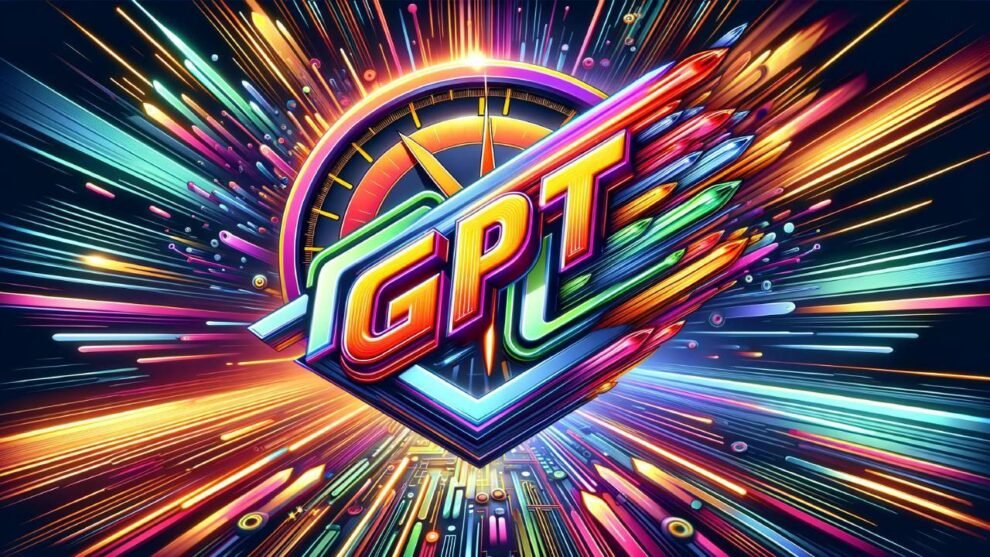

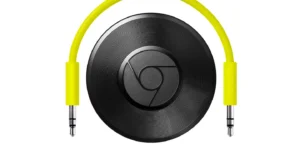

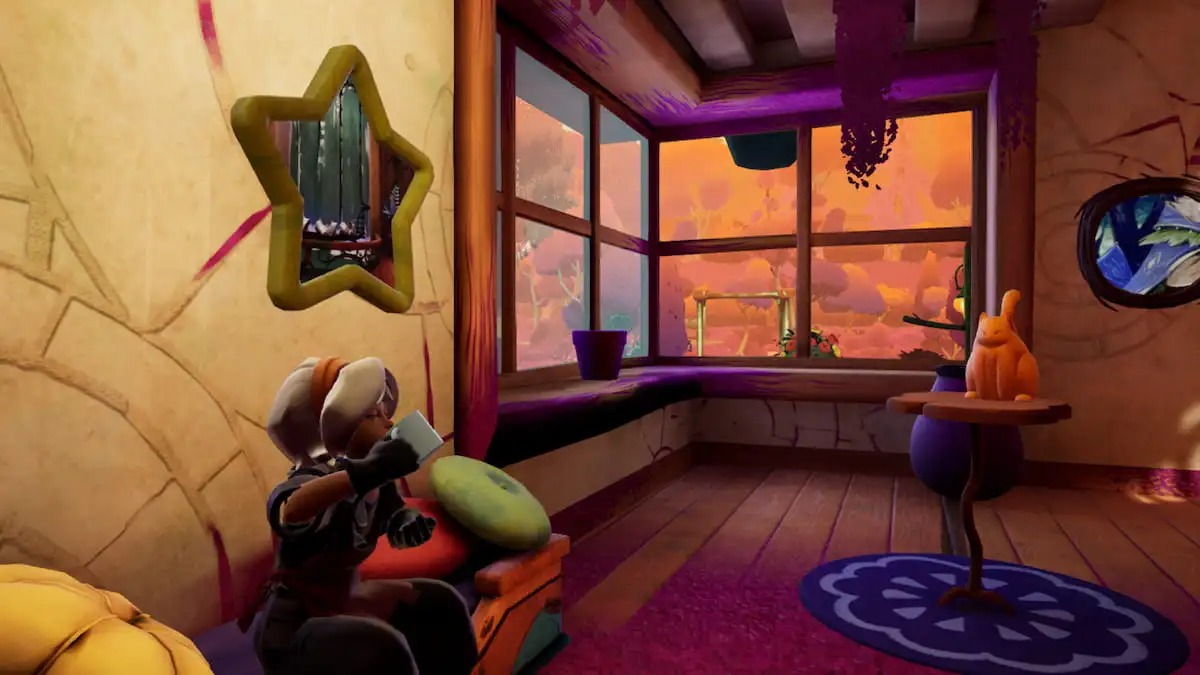
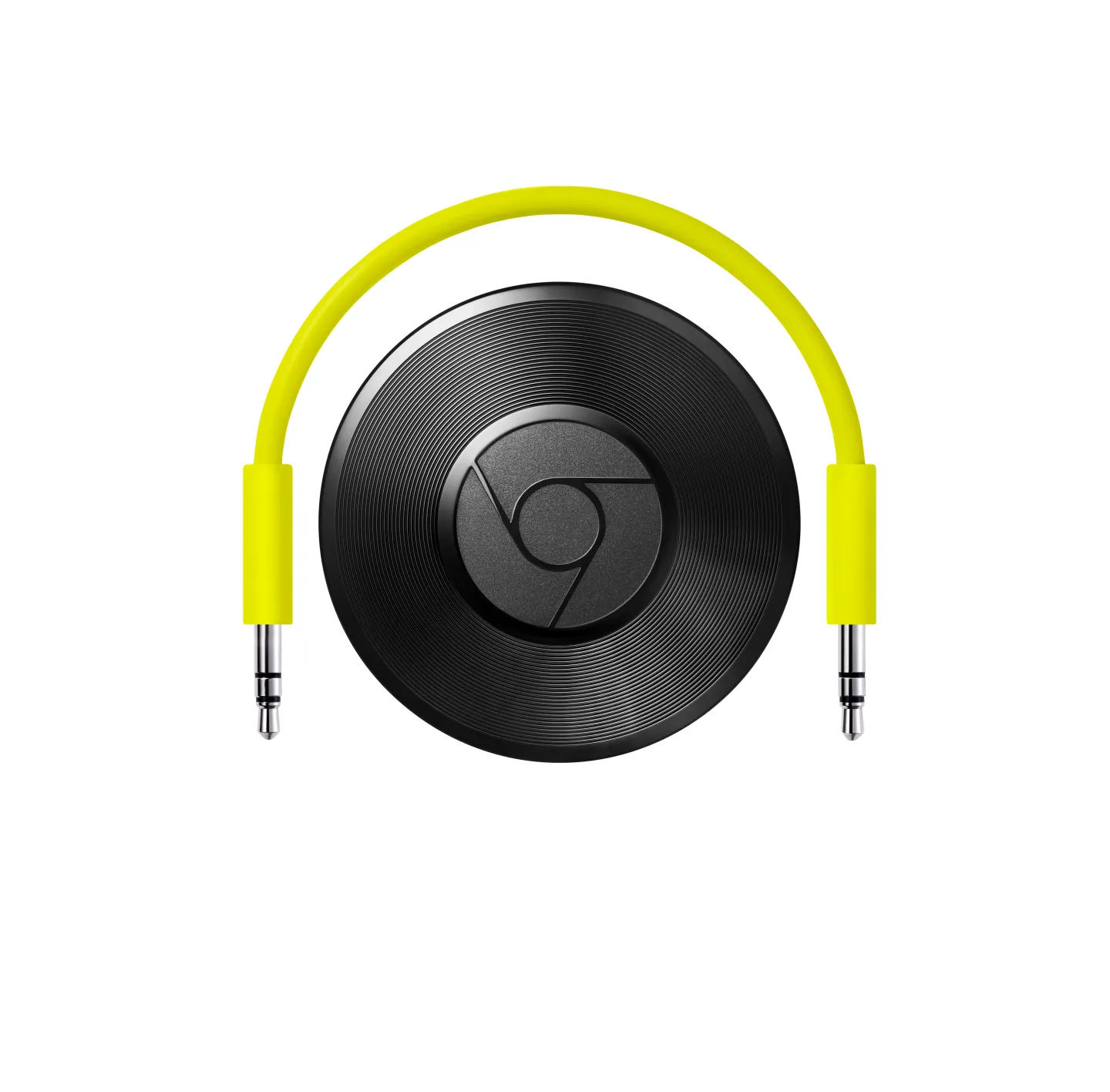
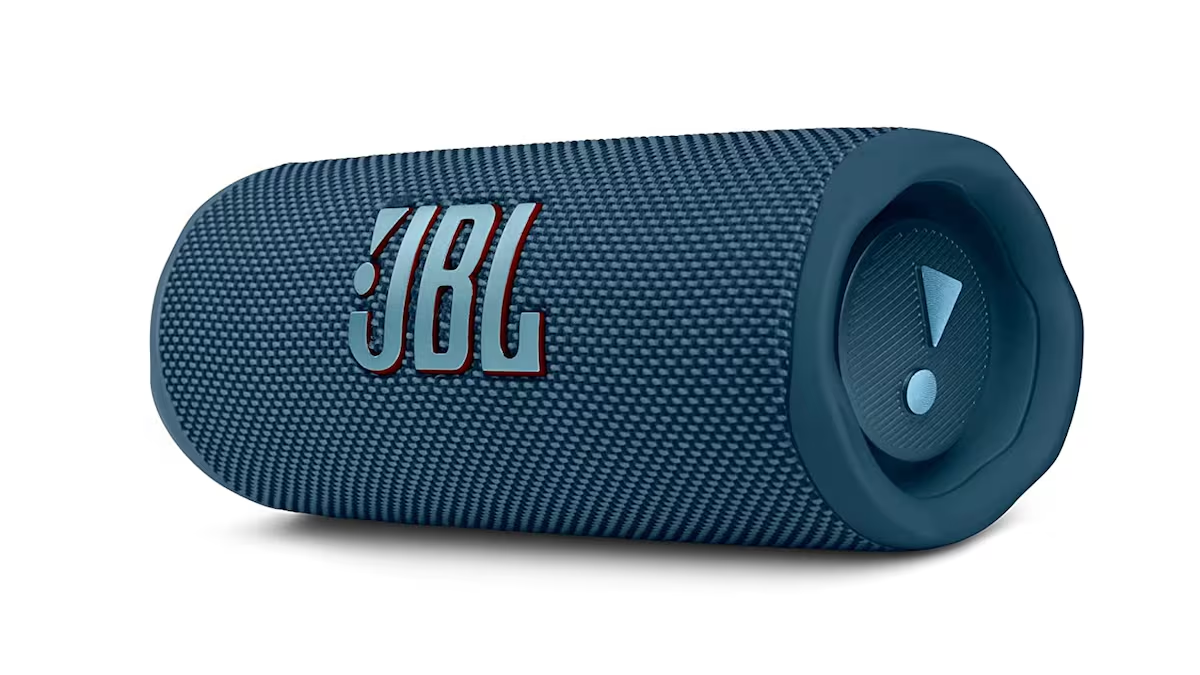
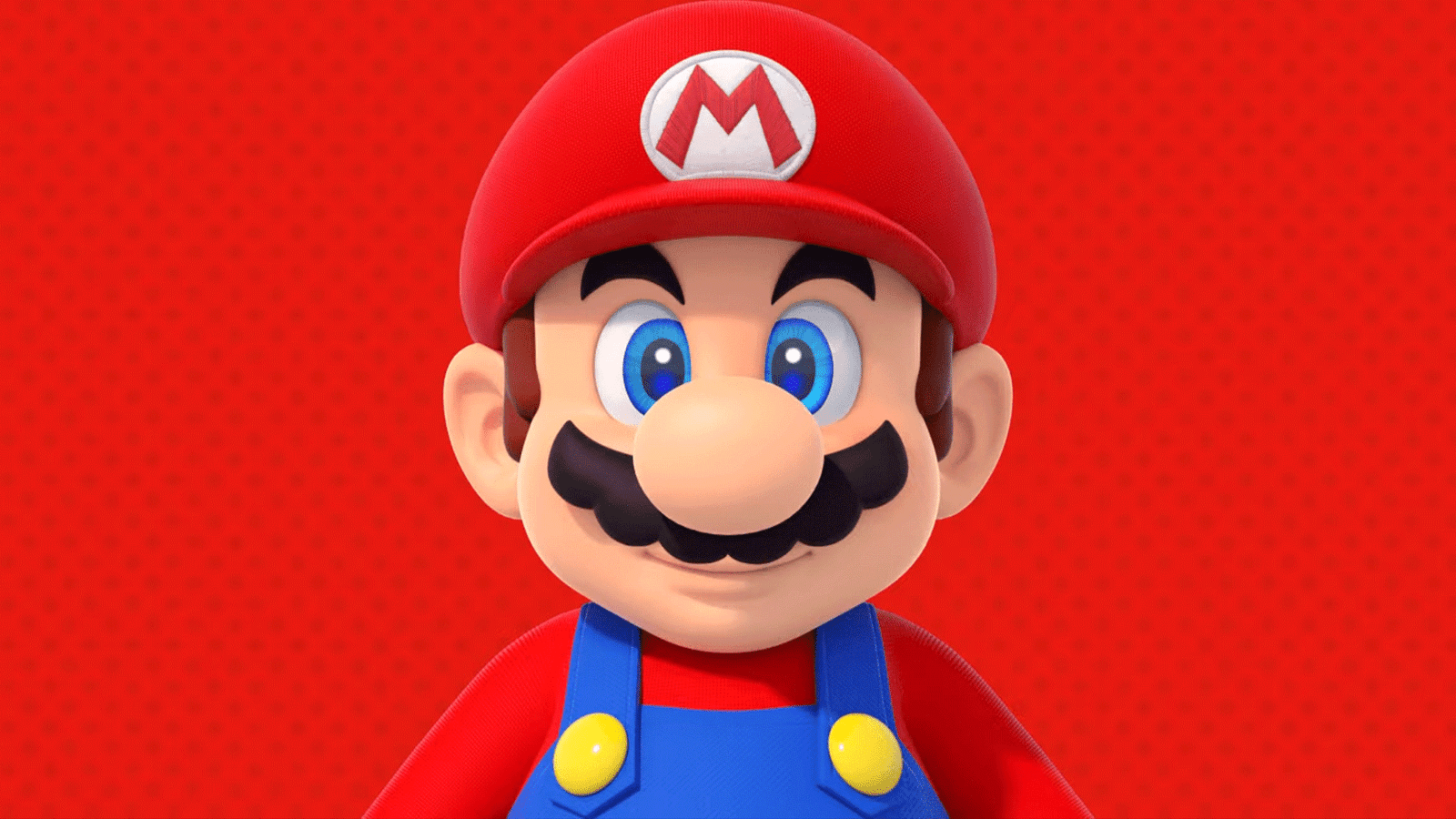










Add Comment